AI vs. ML vs. Deep Learning vs. GenAI in 2025: Key Differences and Future Trends
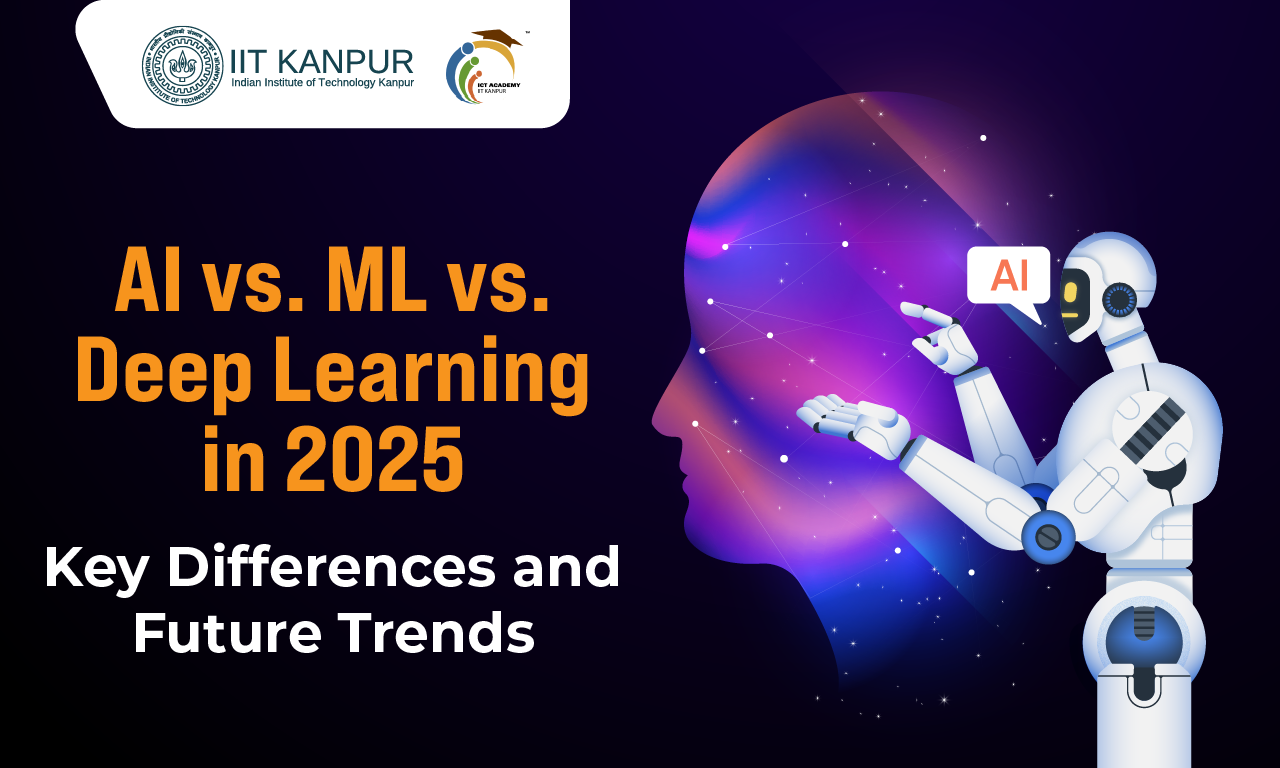
AI vs ML vs Dl and GenAI have become the most talked-about technology models. The way these technologies have integrated and made our lives easier still feels so fresh.
Yet, many people still confuse themselves when trying to understand their distinctions and interconnections with each other. What sets them apart? How do they work together?
In this blog, we have cleared the air on the difference between AI, ML, DL, and generative AI.
With this guide, you will gain a better understanding of each of them, their scope, and future trends in 2025.
What Is AI?
AI is abbreviated for Artificial Intelligence. It stimulates human intelligence to perform tasks that typically require human cognition, like problem-solving, decision-making, and learning. It allows systems to think, learn, and solve problems without being explicitly programmed for every task.
Do you want to learn Artificial Intelligence in simple words – Click Here!!
Examples of AI in 2025:
- Self-driving Cars – Auto vehicles by Tesla and Waymo are very common in foreign countries.
- AI-Powered Chatbots – Tools like ChatGPT, Gemini, and Google Bard are no longer gatekept.
- Healthcare Diagnostics – AI-based medical imaging for early disease detection.
- Virtual Assistants – Devices like Alexa and Siri improve daily convenience.
Applications of AI in Modern Industries:
- Healthcare
- Retail
- E-commerce
- Finance
- Creative Industry
What is ML?
ML stands for Machine Learning, which is, in fact, a subset of AI. It allows systems to learn patterns and make predictions without manual programming. However, it relies on some algorithms to make those decisions. They are:
- Decision Trees
- Random Forest
- Linear Regression
- Neural Networks
- Logistic Regression
Key Features of ML:
- It learns from data to improve performance.
- Adapts to changes over time.
- Automates repetitive tasks.
Applications of ML in Industries 2025:
- Healthcare
- Supply Chain
- Finance
- Media and Entertainment
- Travel
Best Artificial Intelligence and Machine Learning Course 2025
Artificial Intelligence (AI) and Machine Learning (ML) are not just buzzwords—they are the driving forces behind the world’s most significant advancements today. From self-driving cars to personalized healthcare solutions, AI and ML are reshaping every industry, creating a massive demand for skilled professionals.
If you’re looking to future-proof your career, this is your moment. Our comprehensive AI and ML course is designed to take you from beginner to expert, equipping you with practical skills in Python, data science, deep learning, and more. Join our best AI and ML Online Programs today to master the technologies that are set to dominate the future and become a leader in this high-growth field.
Best Artificial Intelligence and Machine Learning Online Course with Certification – Enroll Today!!
Why choose us?
- We offer self-paced online courses that you can complete within 40 hours.
- You gain an in-depth understanding of the subject matter.
- All programs are certified by IIT Kanpur.
- Comes with doubt sessions and at least 2 master classes.
What’s the wait for? Enroll now and step into the world of the AI revolution.
What is Deep Learning?
Deep learning falls under machine learning, which is itself a part of AI. But mostly, it is a foundation for GEN AI and LLMs. So, what makes deep learning different from ML? Unlike ML’s traditional algorithms that need to be extracted, deep learning uses neural networks that are inspired by the human brain to make decisions. These neural nodes of deep learning help
- Processes complex data using multiple layers.
- Handles large datasets for precise decisions.
- Requires massive computing power.
Key Applications of Deep Learning:
- Speech Recognition – Google Assistant and Siri depend on DL for voice processing.
- Image Recognition – Used in facial recognition technologies.
- Autonomous Driving – Self-driving cars rely on DL algorithms for navigation.
What is Generative AI?
Generative AI is a modern form of AI. It is designed to create new content—text, images, videos, and music. In fact, the future of generative AI sees more opportunities in fields of media and designing.
Generative AI -
- Generates realistic and creative outputs.
- Learns patterns to produce human-like content.
- Enhances art, music, and even virtual avatars.
Applications of GenAI in Industries:
- Marketing
- Entertainment
- Education
What is the Difference Between AI, ML, DL, and Generative AI?
| Feature | AI | ML | DL | Generative AI |
|---|---|---|---|---|
| Definition | Machines mimicking human intelligence. | Algorithms learning patterns from data. | Neural networks simulating human brain processing. | Generative AI creating new content like text and images. |
| Focus Area | Automation and decision-making. | Pattern recognition and predictions. | Complex tasks like image/speech recognition. | Content creation and creative outputs. |
| Complexity | Broadest concept. | Subset of AI. | Subset of ML. | Specialised subset for content generation. |
| Examples | Alexa, self-driving cars. | Netflix recommendations, fraud detection. | Facial recognition, autonomous driving. | AI art tools, ChatGPT, DALL·E. |
This comparison clarifies what is the difference between AI ML DL and Generative AI, helping readers understand their distinct roles.
Future Trends in AI and ML Technologies
While AI is evolving every moment, here’s what you can probably expect as a trend for AI and ML in 2025:
1. Explainable AI (XAI)
While AI gives prompt responses, but what is the reasoning behind this decision? Users now demand transparency in AI decisions. This is where Explainable AI, aka XAI, helps them by explaining why the AI model came to a certain decision.
Explaining decision trees or linear regression models can be easy, but deep learning models operate as “black boxes.” Their internal workings are not easily interpretable. XAI techniques will evolve to demystify these models so that even a non-expert can understand.
2. AI for Governance
With the increasing use of AI in every sector, there are growing concerns about Cybersecurity and data compliance. Therefore, the market for AI governance is also on a growing trend, with a projected CAGR of 35.7% by 2030.
The next few years will see increased focus on ethical AI and privacy laws.
3. AI in Media and Films
Generative AI will continue to disrupt industries by automating design, music, and video production. So basically, it’s, in a way, helping make creative tasks faster and easier.
Making virtual avatars for movies is now possible with AI. Earlier, it would have taken a lot of investment and time to get results, but now production houses are also relying on GenAI. The future is near where Generative AI will produce all movies. Possibility of AI-generated actors and voiceovers for animations.
4. Advanced Personalisation Engines
Engines and Platforms are already using AI to give personalized experiences to users. Be it your Netflix recommendations, your Spotify playlists based on your past viewing or listening habits, or your Amazon “also buy” recommendations, AI is offering a personal touch to make the experience feel curated and special.
But in 2025, we can expect hyper-personalization in terms of –
- Emotionally Intelligent Interactions – Future AI systems will detect and respond to user emotions.
- Predictive Personalization – To know the probable needs of users even before they know or the need arises.
- Real-time Recommendations – AI will analyze user behavior at the moment and match your current interests and actions.
Conclusion
Understanding what is the difference between AI ML DL and Generative AI is essential as these technologies shape our future.
- AI mimics human intelligence.
- ML learns from patterns.
- DL processes complex tasks through neural networks.
- Generative AI creates innovative content.
With 2025 poised for breakthroughs, mastering these technologies can open endless possibilities in a career as well.
Recommended Courses
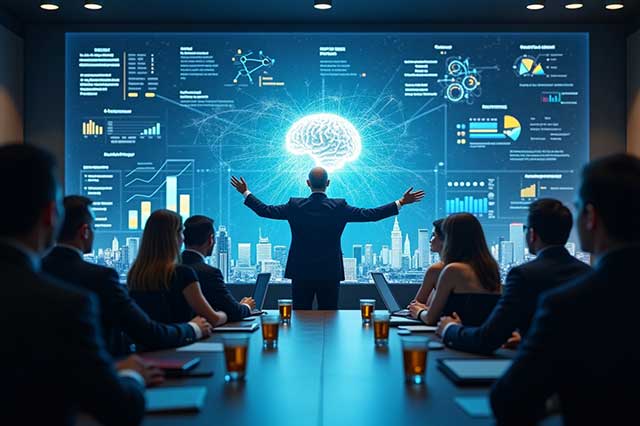
Advanced Certificate Program in AI for Leaders

AI & Digital Transformation
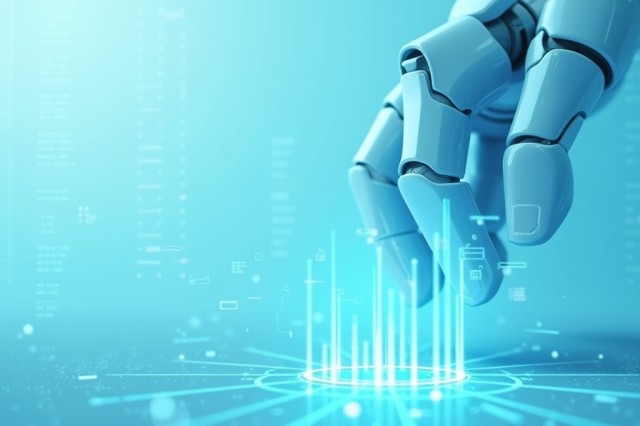
AI for Managers
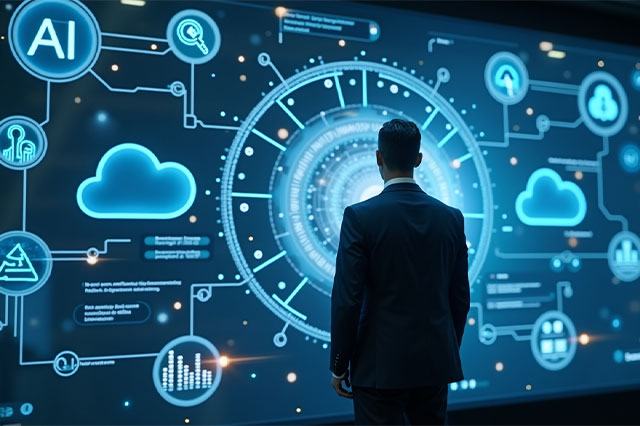
AI Manager Program
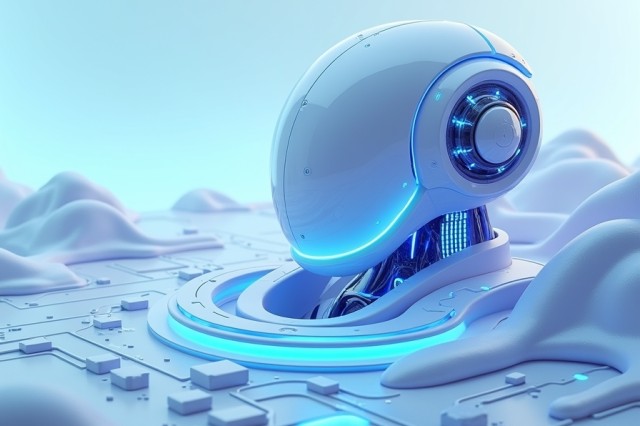
Artificial Intelligence
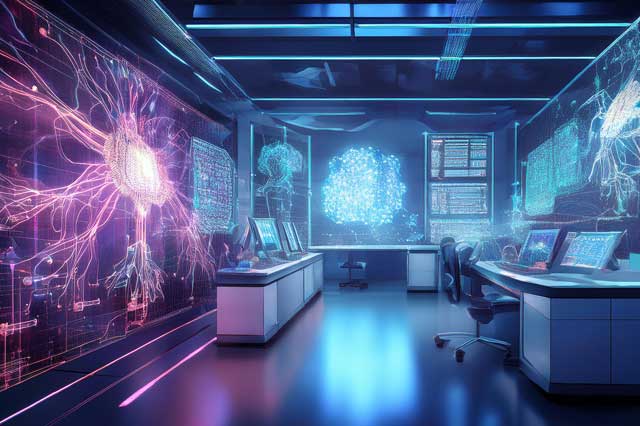
Deep Learning with Generative AI for Computer Vision
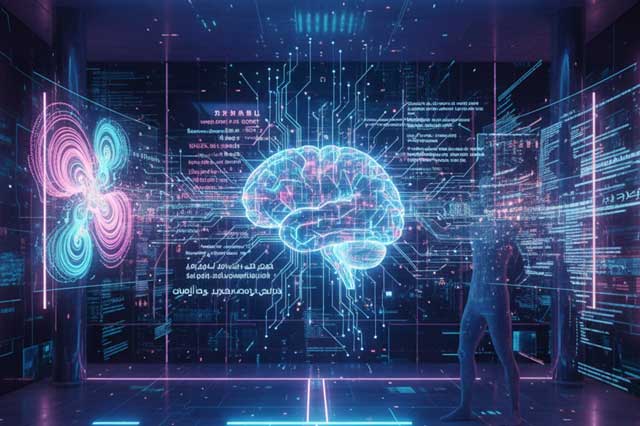
Generative AI
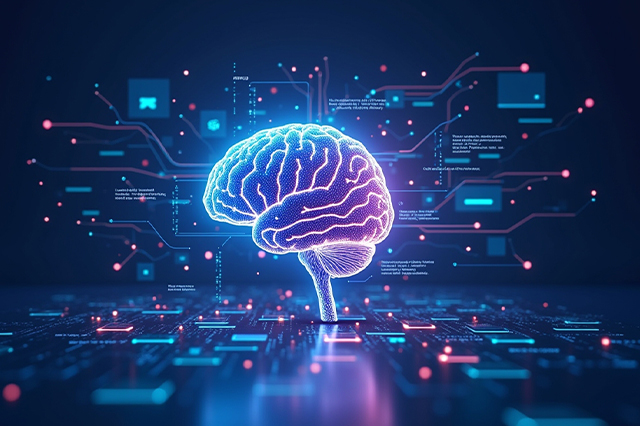
Generative AI – 2-Day Offline Workshop
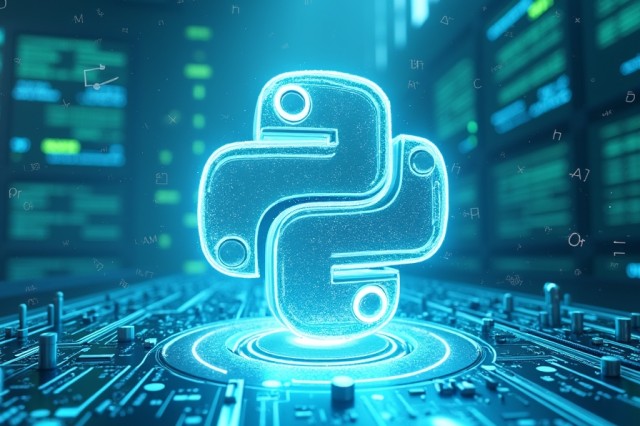
Machine Learning with Python

Professional Certificate Course in Generative AI and Machine Learning
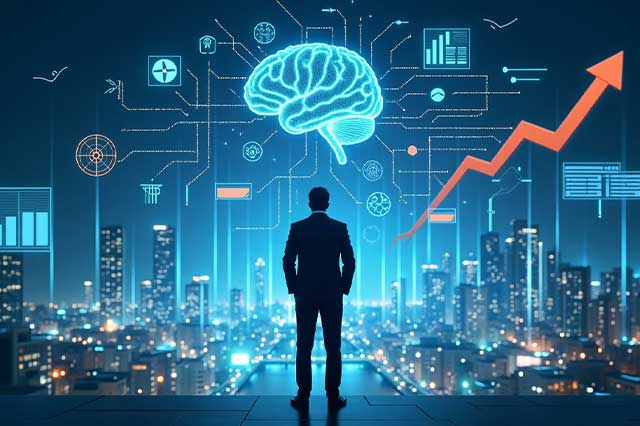
Professional Certificate Program in Leadership with AI



